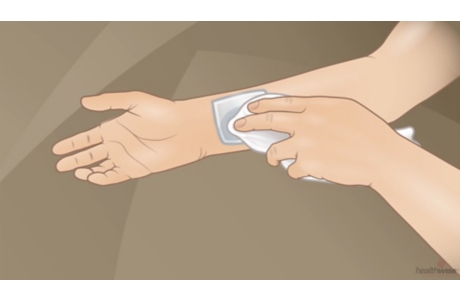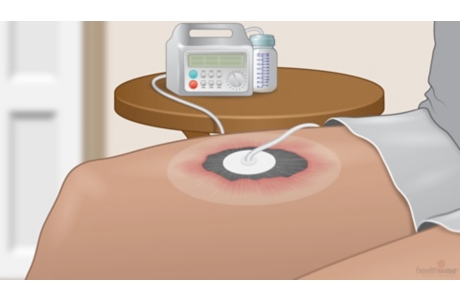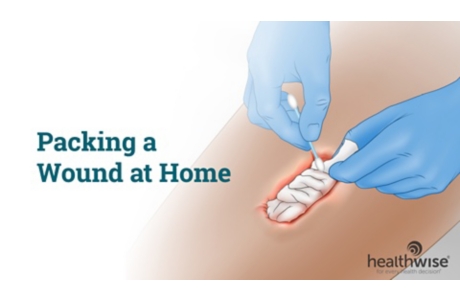Puncture Wounds: Stitches, Staples, and Skin Adhesives
Topic Overview
Puncture wounds are less likely than cuts to be stitched, stapled, or have a skin adhesive applied because:
- Puncture wounds tend to be smaller than cuts and usually do not heal better or scar less when stitched.
- Puncture wounds tend to be deeper, narrower, and harder to clean than cuts. Sealing bacteria into a wound when it is stitched increases the risk of infection.
- If a puncture wound becomes infected, the wound usually drains better and heals faster when it is not stitched.
Puncture wounds may be stitched if the cosmetic appearance of the resulting scar will be greatly improved or if stitching is needed to restore function to an injured deep structure, such as a tendon or ligament.
If you think you may need your wound closed by a health professional, see Are Stitches, Staples, or Skin Adhesives Necessary?
Credits
Current as ofJune 26, 2019
Author: Healthwise Staff
Medical Review: William H. Blahd, Jr., MD, FACEP – Emergency Medicine
Adam Husney, MD – Family Medicine
Kathleen Romito, MD – Family Medicine
H. Michael O’Connor, MD, MMEd, FRCPC – Emergency Medicine
Martin J. Gabica, MD – Family Medicine
Current as of: June 26, 2019
Author: Healthwise Staff
Medical Review:William H. Blahd, Jr., MD, FACEP – Emergency Medicine & Adam Husney, MD – Family Medicine & Kathleen Romito, MD – Family Medicine & H. Michael O’Connor, MD, MMEd, FRCPC – Emergency Medicine & Martin J. Gabica, MD – Family Medicine




